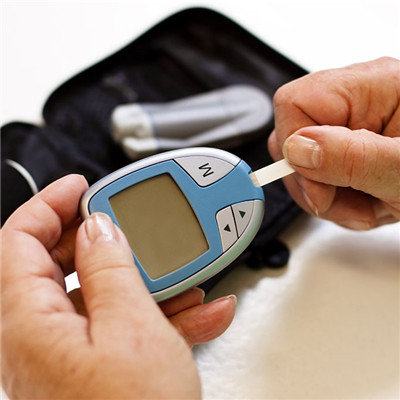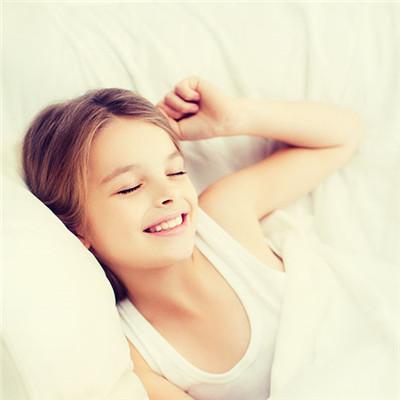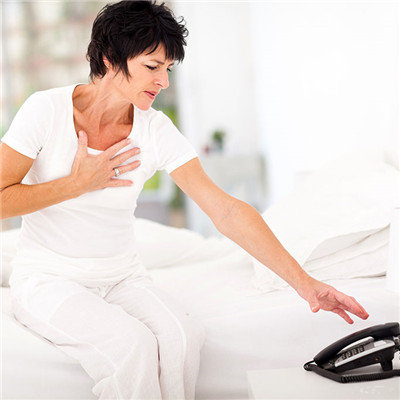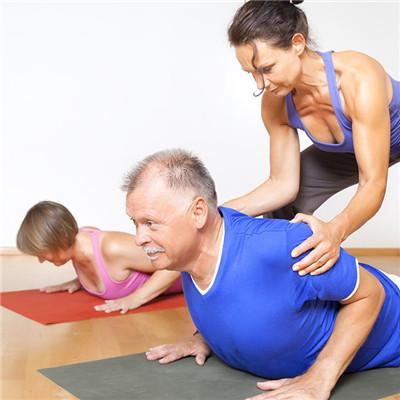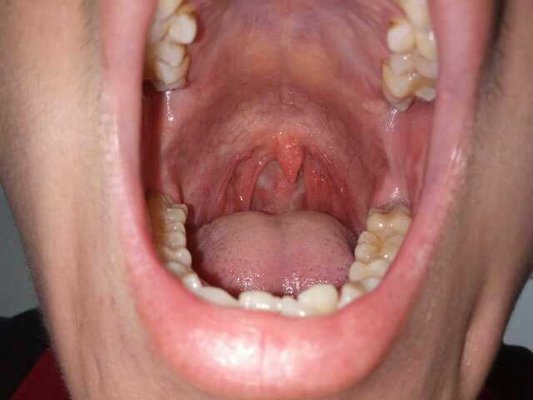Self treatment of facial paralysis? Don't say you can massage?
summary
It usually refers to the central dyskinesia caused by non progressive facial nerve abnormalities caused by various reasons. It is a common disease characterized by facial expression muscle dyskinesia. The general symptom is mouth and eye deviation. It is a common and frequently occurring disease, which is not limited by age. Patients often face even the most basic eyebrow raising, eye closing, mouth bulging and other movements are unable to complete. Now let's talk about the self-treatment of paralysis.
Self treatment of facial paralysis? Don't say you can massage?
First, the patient or other people use the thumb or index finger to massage gently from the eyebrow arch to the top of the head and from the top of the head to the eyebrow arch along the direction of the occipitofrontal muscle. When massaging, you can gently push and pull from the eyebrow arch to the hairline on the top of your head, or slowly rub.
Second: most of the patients showed eye closure dysfunction and tears. The main reason is that the orbicularis oculi muscle can not effectively contract and close it from the top of the protruding eyeball. First let the patient close their eyes, and then massage the finger pulp along the depression between the upper and lower eyelids or the lower edge of the orbit. In the upper and lower eyelids from the inside out, and then gently push and pull from the outside in, help to restore the upper eyelid function. It also helps to close your eyes. General peripheral facial paralysis is mainly characterized by upper eyelid closure disorder. Severe pathological type of facial paralysis, can appear lower eyelid lift up obstacle. A few patients had mild lower eyelid ectropion, mainly due to lower eyelid relaxation after facial paralysis. The method of finger pushing and pulling can also be used for treatment. Ask the patient to close his eyes, use the thumb and index finger pulp, respectively, along the lower eyelid skin from inside to outside, and then gently push and pull from outside to inside. In some patients, the upper eyelid is not closed completely after most facial expression muscles are recovered. This method of massage can avoid or reduce the eyelid contracture after recovery.
Third: levator labii superioris, also known as quadratus labii superioris, originated from the upper part of the infraorbital foramen and the lower orbital margin, which is located in the deep part of orbicularis oculi muscle. A part of the muscle fibers of levator labii muscle go down into the lateral skin of upper lip, and other fibers interweave with orbicularis oris muscle fibers. Therefore, massage should be in the affected side of the orbicularis oris muscle to the side of the nose and zygomatic massage, and then along the nasolabial groove or corner of the mouth to zygomatic massage. Massage the abdomen of thumb, index finger and middle finger by rubbing the zygomatic part or pushing and pulling along the muscle direction.
matters needing attention
Massage, push and pull gently from the inside and down of the mouth angle with the thumb pulp is helpful to the recovery of the functions of the quadratus labii, genitalis and deltoid muscles.
